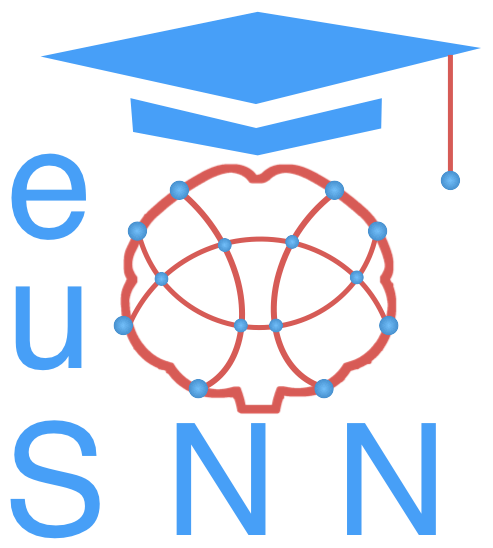Tremor-related sensorimotor network connectivity in healthy subjects and PD
Simone Zittel (PI), Monika Pötter-Nerger (PI), Christian Gerloff (PI), Fatemeh Sadeghihassanabadi
Tremor is a frequent and potentially disabling neurological symptom. It is a prototype symptom of disordered oscillatory brain activity. Tremor occurs in various forms, e.g. as physiological tremor in healthy subjects or as typical mid-frequency tremor in PD patients. The incidence and prevalence in PD are 1.5-2 times higher in men than in women. PD patients can be classified according to the prevailing phenomenology into the tremor-dominant or akinetic-rigid motor type. In women, the tremor-dominant phenotype is more frequent suggesting a role of estrogens on the clinical phenotype. Previous neurophysiological and neuroimaging studies in PD patients indicated alterations in a broad cortical network including premotor areas, especially SMA, cerebellum and PPC during the preparation and execution of self-initiated movements. This project aims at elucidating specific motor network alterations that distinguish physiological tremor of different magnitudes in healthy subjects, the less prevailing tremor in akinetic-rigid and the massive tremor in tremor-dominant motor type of PD by combining the assessment of functional and structural connectivity using TMS, tACS, EEG and DTI. Specifically, the hypothesis will be tested (1) that the cerebellum impacts on tremor characteristics through network modulations between cerebellum and M1 and (2) that there are gender specific alterations in the cerebello-thalamo-cortical motor network in PD patients.

 European School of Network Neuroscience
European School of Network Neuroscience